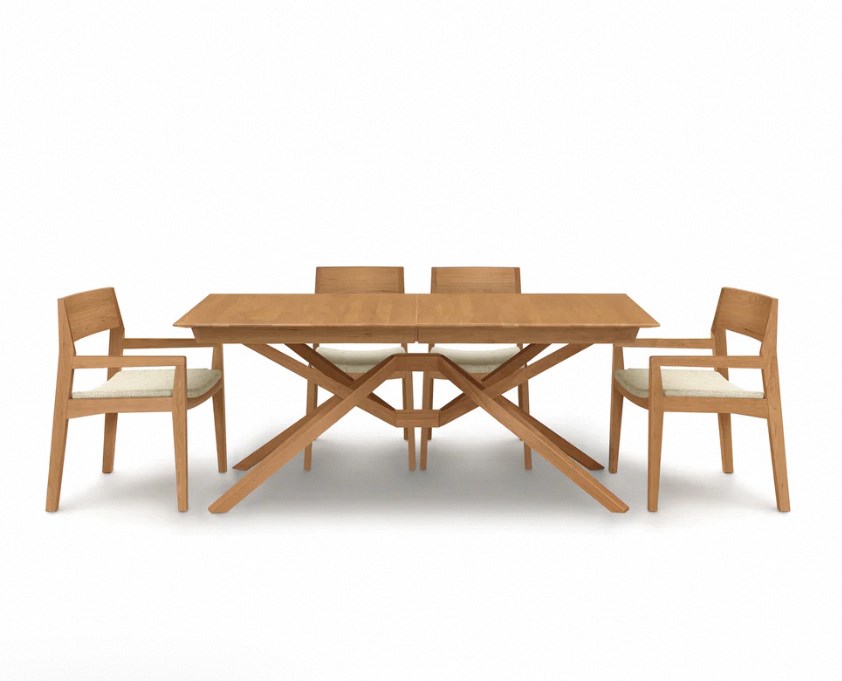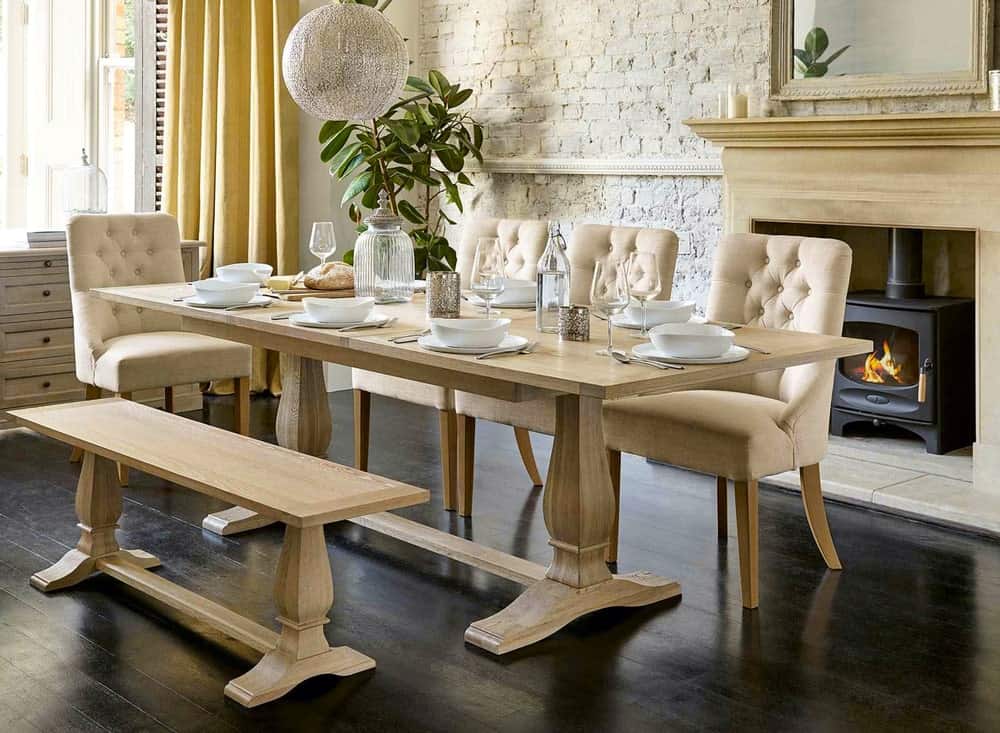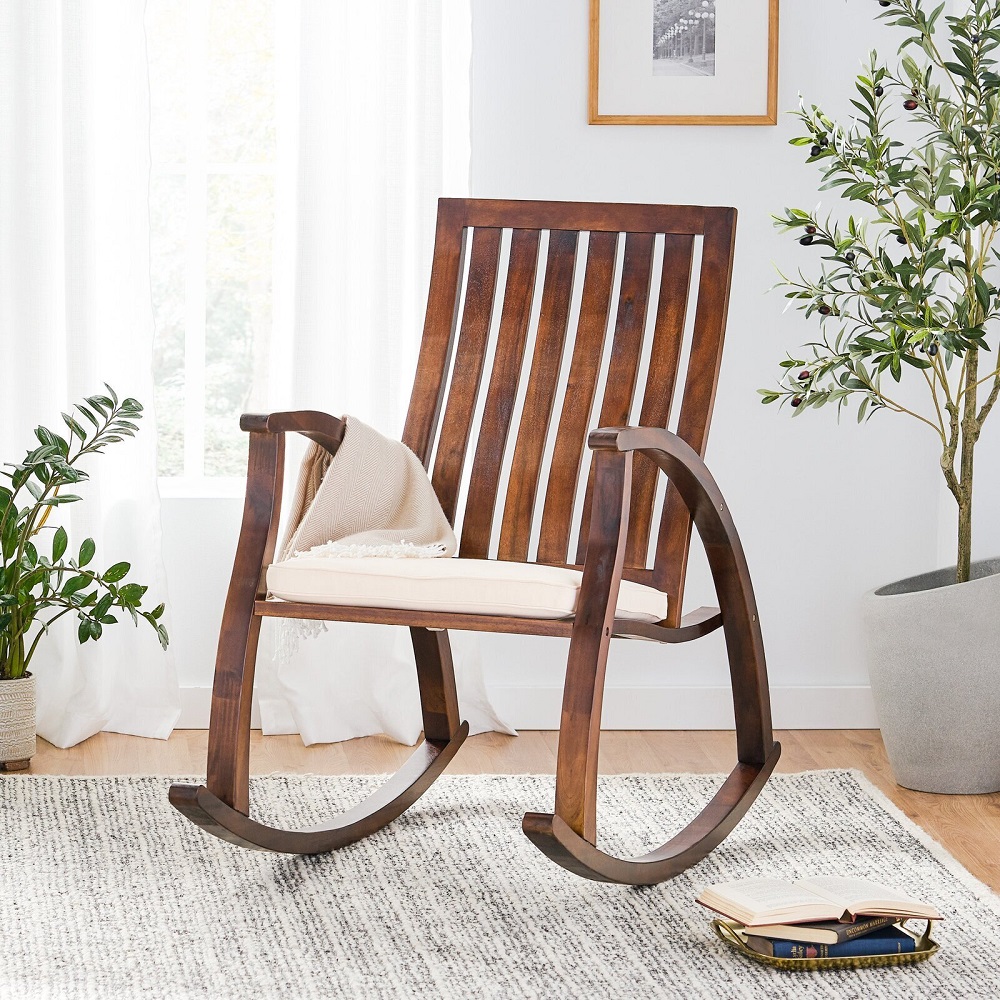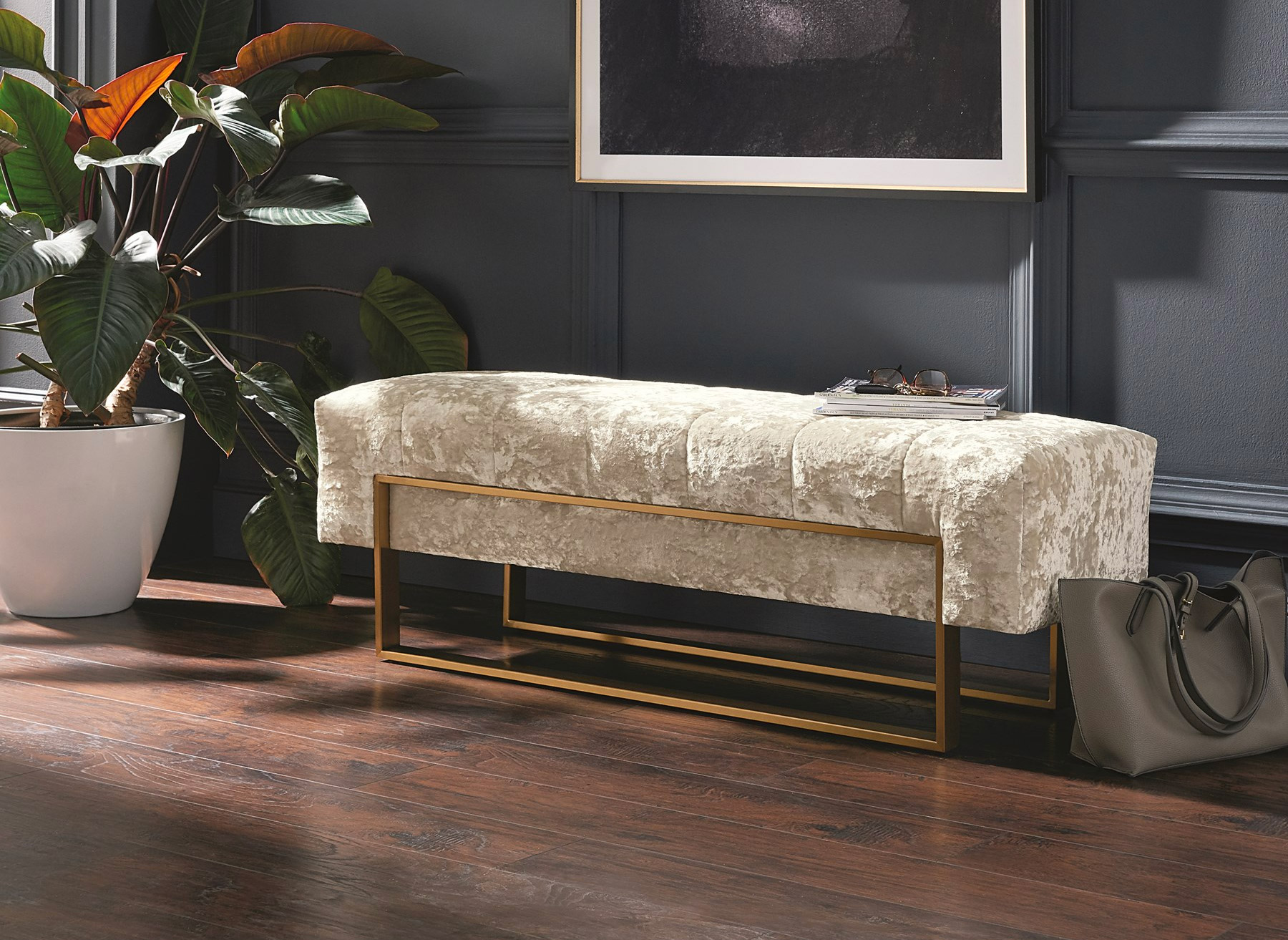Maple
For a light yet durable foundation, maple dining tables feature pale creamy hues and fine uniform closed grain.Its hardness resists scratches you might get daily dragging out chairs, but still sands to baby-bottom smoothness and accepts stains.Maple brings understated warmth suitable for farmhouse or modern aesthetics alike.
Walnut
Prized for centuries in furniture making, natural walnut wood dining tables emit richer chocolate colors from dark swirling grain. Durability nearly matches oak along with excellent staining capabilities. Expect to pay more for walnut’s elite status but rest easy knowing it will maintain luster for decades.
Cherry
Subtler red cherry wood grain proves both elegant and durable. Its finer closed grain sands smoothly and polishes to a gentle sheen. Durability nearly matches maple and oak in strength tests. And cherry’s hints of red warm up any space.Choose wood species allying beauty and resilience for lifelong performance.
Considering Grain, Density, & Customization
No singular wood type automatically makes the “best” dining table. Assess the grain patterns, textures, natural hue, hardness, and customization potential you want then cross-reference prospective materials. Striking the balance between aesthetic appeal and resilience helps ensure your carefully chosen wood dining table serves family gatherings beautifully for years on end. Scrutinize candidate wood species, grain finishing levels, and densities side-by-side before finalizing your personalized selection.
 Potential Advantages to Highlight:
Potential Advantages to Highlight:
Attractive Grain Patterns
The wood’s grain design instantly catches the eye, bringing visual warmth and texture to balance the table’s functional purpose. Woods like oak and ash feature bolder open grains with more organic ripples and rays. These naturally occurring designs blend rustic and refined qualities.More uniform closed grain woods like maple and cherry create upscale polished looks. Evaluate grain types to find patterns suiting traditional to modern decorative styles.
Structural Density
A dining table must withstand years of daily use from family meals to entertaining guests. Harder dense woods resist dents, gouges, and scratches over time. For example, maple is extremely durable and dense, rated 1,450 on the Janka hardness scale. Comparatively, oak rates 1,290 while softer pine is only 380. Density also enables finer sanding and polishing during construction for luxuriously smooth tabletop surfaces.
Custom Stain Acceptance
While many quality wood species showcase gorgeous natural hues from creams to rich browns, custom stains provide unlimited color options. More porous, open grain woods like oak readily accept stains, transforming to any tone you desire to coordinate with surrounding furniture and decor. Nonporous maples will retain their inherent color with limited staining capabilities.
Maintenance Requirements
While all wood types require some degree of care, certain species necessitate more frequent upkeep and refinishing to maintain their elegant looks.Open grain porous woods like oak absorb stain better initially but also require re-coating more often as the finish wears over years of use.Closed grain maple and other dense species resist absorbing treatments but also withstand wear without refinishing. Consider the long-term maintenance trade-offs of each wood type.
Affordability Factors
Lumber pricing fluctuates over time depending on tree growth cycles and market demand. Typically oak, maple, ash remain relatively affordable species for furniture manufacturing. More elite fine woods like mahogany, walnut, and cherry normally cost more per board foot. However, remember that more durable density could offset initial savings over time. Compare wood cost, structural qualities longevity, and maintenance demands together.
Color/Style Suitability
Wood species each emit signature natural grain colors from light maple to deeper walnuts. Staining can customize the hue but limitations exist on closed grain options.If wanting to match existing décor, select woods that coordinate or contrast nicely by default. For example, cherry’s reddish tones suit Colonial styles while modern farmhouse looks tend toward lighter oak or maple tables.Make sure your wood not only wears well but its natural colors and grain textures align with your aesthetic vision too.
Conclusion
Beautiful wood dining tables must first withstand high traffic environments over decades of use. Assess grain patterns, density, finishing capacity, custom stain potential, and maintenance considerations when selecting materials. Oak, maple, walnut, and cherry each offer excellent candidates to anchor your family’s cherished mealtime memories for generations to come.










Introduction
The dining table anchors this central space for family bonding and entertainment alike. From small weekday meals to expanded holiday spreads, the table hosts it all – meaning its surface must pair beauty and durability.Which wood is best for dining table?
An excellent dining table wood balances aesthetic grain patterns, structural density, stain potential, and maintenance needs. Assess popular species like oak, maple, walnut, and more when selecting materials to withstand decades of memories made around your table.
The Best Woods for Dining Room Tables
When choosing a new dining set for gathering friends and family over delicious meals, selecting the right table wood matters. Certain wood types not only bring beautiful, natural grain patterns but also durable qualities necessary for a high-traffic dining space. Assess visual appeal, hardness, stain acceptance, maintenance needs, and cost when deciding which materials can withstand daily use while matching your style.
Understanding Dining Table Wood Characteristics
Grain patterns instantly catch the eye, determining how rustic or refined a wood appears. Open, variable grains like oak and ash have an organic look, while uniform closed grains of maple and cherry appear more formal. Grain also indirectly impacts durability, with more texture retaining more protective finishing coats.
Density indicates structural integrity and resistance to scratches or dents. Denser woods like maple and walnut hold up better than softer pine over years of dinner parties. Hardness also enables finer sanding and polishing for smoother tabletop textures.
Stain absorption allows custom recoloring to any hue that coordinates surroundings. More porous woods readily accept stains for color flexibility, while closed grain options limit stain penetration. Consider the hue you want before deciding on wood species.
Oak
An open grain oak dining table anchors space with beautiful wood texture, from subtle ripples to dramatic medullary rays radiating outward.White oak offers utmost hardness and durability while red oak adds affordability.Both sand to smooth finishes and readily accept stains if you want to forgo their natural auburn beauty to coordinate surroundings instead.